#gatehouse
Explore tagged Tumblr posts
Text

45 notes
·
View notes
Text

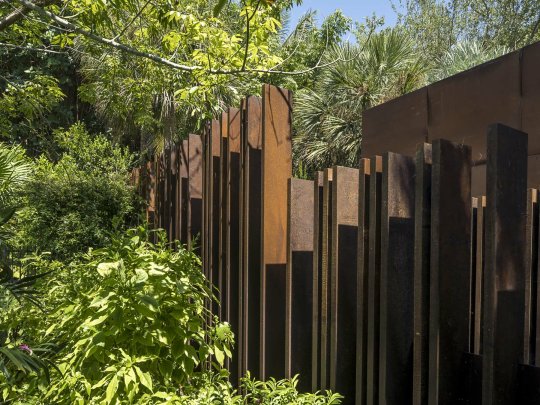
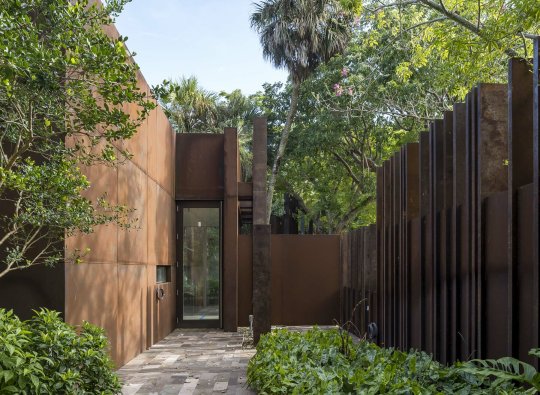
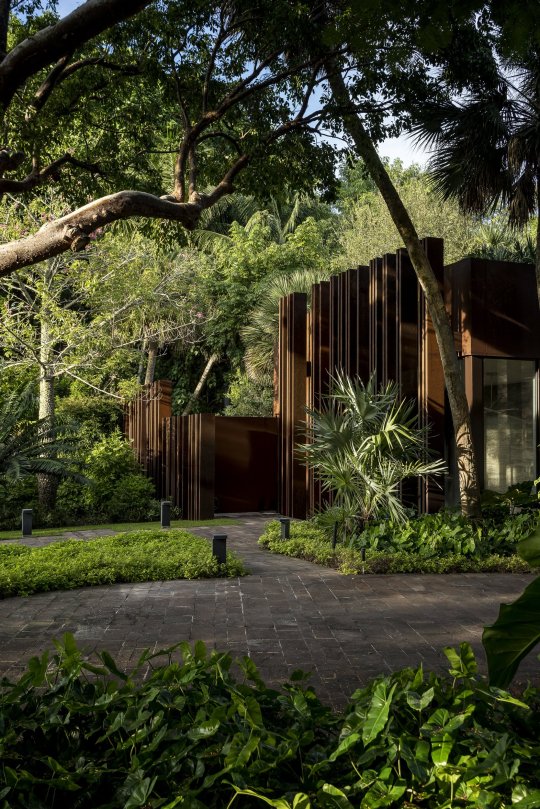
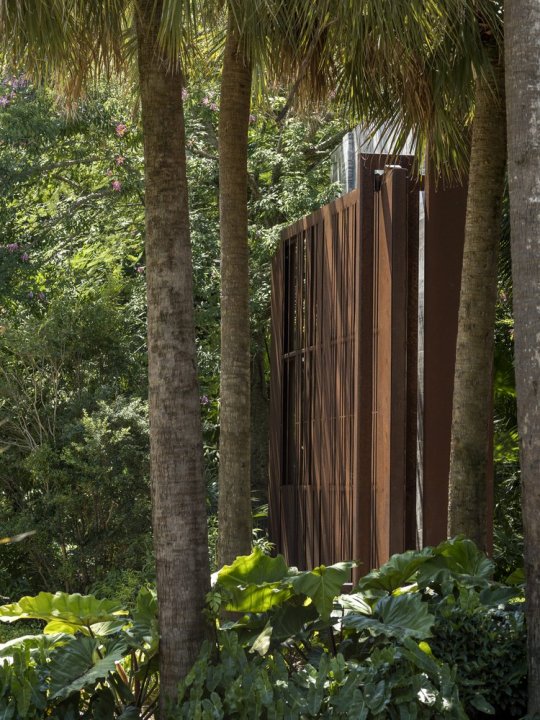

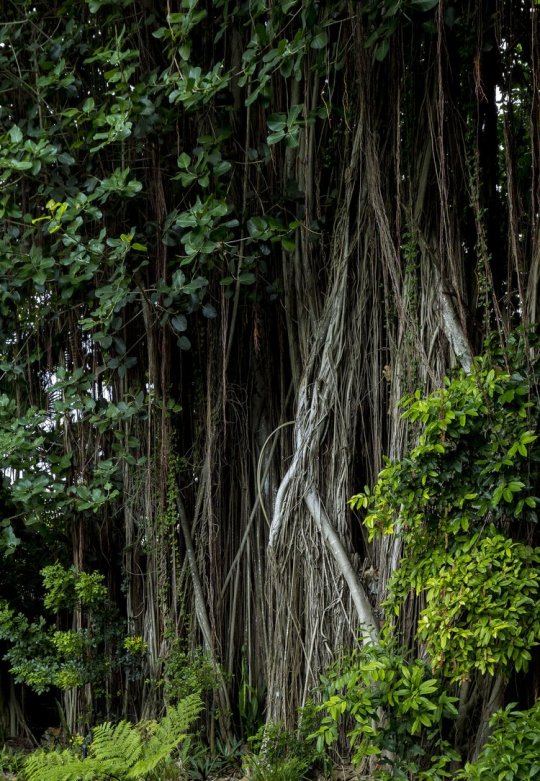
Grove Estates gatehouse, Coconut Grove, Miami, Florida, USA,
Rene Gonzalez Architect,
Landscaping: Raymond Jungles, Inc.
Photographs by Michael Stavaridis
#art#design#architecture#sculpture#abstract#landscaping#landscape architecture#grove estate#gatehouse#jungle#tropical#miami#florida#coconut grove#rene gonzalez#raymond jungle Inc.#luxuryhouses#luxury lifestyle#luxury homes#corten steel#green#greenery
217 notes
·
View notes
Text




Caerwent Roman Fort West Gate, Caerwent, Monmouthshire, Wales
#roman#roman fort#silures#roman building#roman empire#roman living#roman ruins#wales#ancient sites#archaeology#relic#gatehouse#landscape#roman soldiers#roman army#roman wales
114 notes
·
View notes
Text

The Attack on the Gatehouse of the Chateau of Hougoumont
by Ernest Crofts
#battle of waterloo#hougoumont#art#ernest crofts#napoleonic wars#waterloo#gatehouse#gate house#gate#gates#napoleonic#history#belgium#france#britain#england#great britain#netherlands#british#english#french#europe#european#battle
34 notes
·
View notes
Text


Bristol Central Library & Abbey Gatehouse
Bristol Central Library is a historic building on the south side of College Green, Bristol, England. It contains the main collections of Bristol's public library. Built in 1906 by Charles Holden, its design was influential in the development of Edwardian Free Style architecture. Holden would later go on to build the Edward VII Memorial Wing of the Bristol Royal Infirmary, giving Bristol two of its most highly regarded Edwardian buildings. The Library has been designated by Historic England as a Grade I listed building.
Top image shows the front elevation the lower image shows the rear elevation which is built in an architectural style after C.R. Mackintosh The West front of Bristol Cathedral is also visible.
The Great Gatehouse Sited beside the Central Library (Top Image) also known as the Abbey Gatehouse, is a historic building on the south side of College Green in Bristol, England. Its earliest parts date back to around 1170. It was the gatehouse for St Augustine's Abbey, which was the precursor of Bristol Cathedral. The gatehouse stands to the cathedral's west, and to its own west it is abutted by the Bristol Central Library building. The library's architectural design incorporated many of the gatehouse's features.
The sculptural decorations on the archways of the gatehouse contain early examples of the use of pointed arches in England. The gatehouse has been designated by Historic England as a Grade I listed building
9 notes
·
View notes
Text

Sweet gatehouse with yellow door.
6 notes
·
View notes
Text

Fallen London Travel Guide:
Arbor Gatehouse
A tall gatehouse stands before the crumpled wall. Arbor does not defend this eastern border since the Sequestration. Huzzite guards watch visitors carefully, however, and deport those who overstay their welcome.
#fallen london#my post#fl travel guide#fallen london travel guide#arbor#gatehouse#arbor gatehouse#tw alcohol#tw bug#tw bees#tw insects
12 notes
·
View notes
Text

Day 1828, 25 June 2023
18 notes
·
View notes
Text

#photography#valencia#torres de quart#medieval#gatehouse#towers#doors#doorway#street#street scene#Spain
3 notes
·
View notes
Text

59 notes
·
View notes
Text

This gatehouse looks like it's been plucked straight out of a fairytale! 🌺✨📍 Ardverikie Estate, VisitCairngorms📷 Instagram.com/lensereflection
4 notes
·
View notes
Text








Caerwent Roman Walls, Caerwent, Monmouthshire, Wales
#roman walls#Caerwent#landscape#outdoors#roman fort#roman town#roman#romans#archaeology#ancient living#ancient cultures#roman ruins#roman society#gatehouse#roman barracks#Wales
58 notes
·
View notes
Text
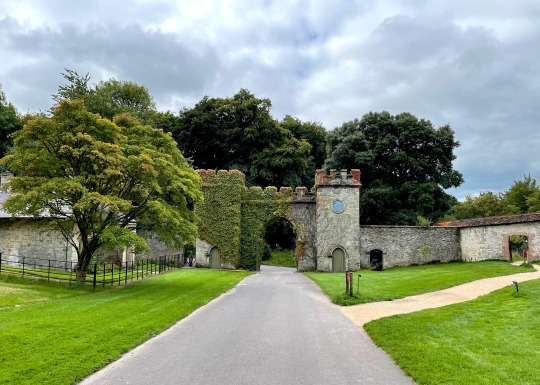
The Gatehouse (At The Castle Gate - Sibelius - from Pelleas & Melisande) Music intro to The Sky at Night on BBC TV -
Stourhead Estate in Wiltshire and the original entrance gate building and driveway (Looking out) to Stourton Manor (1720)
4 notes
·
View notes
Text
TEN
In the far-off days, when Superstition, in close association with the ‘evil sister’ of Ignorance, walked abroad in the land, the south-western district of Scotland shared very largely in the beliefs and terrors embraced under the general descriptive term of witchcraft. Active interference in the routine of daily life on the part of the Prince of Darkness and his agencies was fully believed in.
J. MAXWELL WOOD, Witchcraft and Superstitious Record in the South-Western District of Scotland (1911)
TWO SIBLINGS ZOOM along a zipwire, smiling and laughing in the mid-day sun while the grown-ups sit on benches with ice creams. Chaffinches chirp cheer into Silvercraigs park in the artist’s town of Kirkcudbright on a glorious Spring Saturday full of light; but something very dark happened here. Elspeth McEwan, who had tried to live a free-spirited life communing with nature in the Galloway countryside, was strangled and burned at the stake where caravans now sit. A spiritual woman, she healed with herbs and had a way with animals, but Scotland’s satanic panic was at full pelt, and there are many column yards in old records that tell of the holocaust that a paranoid, misogynistic and propagandist Church meted out to so-called witches. She was executed in August 1698 and, while she burned, her executioner, William Kirk, drank a pint of ale that cost the burgh two Scots shillings. The provost pocketed £2, 16 shillings for his input. They spent two pounds on peat and coal to burn her, one Robert Creighton received eight shillings for beating the drum, Andrew Aitken pocketed £1, 4 shillings for ‘ane tarr barle’, and Hugh Anderson got six shillings for carrying the ‘peits and colls’. Such was the arithmetic of municipal murder.
Before the world enlarged for rural communities many people thrived on stories of ghosts, warlocks, witches, kelpies, spunkies, carlins, and brownies. Cattle were protected with pieces of rowan wood as charms against witchcraft. Long before television and the internet, most Scottish folk believed in tall tales and added to them around a cottar’s ingle or in one of the inns. At a time when the Church played God, devils appeared as hares or crows. Witches were seen going through keyholes or riding on broomsticks. Odd-looking people, eccentrics, loners, herbalists and nonconformists were all fair game to individuals who took a dislike to them and accused them of having the evil eye. Disgruntled cottagers would blame an easy target when livestock died or were ill.
Daniel Defoe had passed through Kirkcudbright in 1725 and moaned about local indolence: ‘Here is a harbour without ships, a port without trade, a fishery without nets, a people without business.’ If the gentry, over whom Defoe fawned, had concentrated on economic development rather than the murder and persecution of vulnerable and innocent souls, the English spy and provocateur might have left a more meaningful reportage.
Defoe passed by long before Kirkcudbright was talked of as ‘the St Ives of Scotland’. Artists, notably the so-called Glasgow Boys, were drawn to the light of the harbour town and it inspired them to paint rural subjects in the open air. In 1901 Edward Hornel bought Broughton House in Kirkcudbright and lived there the rest of his days. His house and library are now administered by the National Trust for Scotland. Jessie M King also made her home in Kirkcudbright and Charles Oppenheimer, William Mouncey, and several other artists had strong local connections.
The denizens of present-day Kirkcudbright recently converted a disused primary school into a ‘dark sky planetarium’ for skygazers. We saunter from there down a pleasant peninsula of old woodlands carpeted with hyacinths and campions. A woman in jodhpurs walks an unknown breed of dog on the longest lead I’ve ever witnessed and mouths a hello. The peninsula divides the bays of Manxman’s Lake and Goat Well Bay in the estuary of the River Dee. Up in the wild blue, two buzzards claim the sky, soaring on the thermals past bulging birches and born-again oaks on the peninsula of St Mary’s Isle, where John Paul Jones tried to kidnap the Earl of Selkirk and Burns first spoke his ‘Selkirk Grace’.
The ancient name of St. Mary’s Isle was Trayl, but it was renamed after a priory was built by Fergus, First Lord of Galloway, in the 12th century, and dedicated to St. Mary. There is very little left of the priory; all the buildings were removed long ago for Selkirk’s mansion and pleasure grounds.
Lord Cockburn called Kirkcudbright ‘the Venice of Scotland’, although he preferred it at high tide rather than in ‘a world of squelch’. But the tide is low as we traipse, and it looks splendid. A single red kite floats above as we munch oatcakes and gaze out at Little Ross Island lighthouse, whose keeper, Hugh Clark, was murdered by his colleague, Robert Dickson. According to M. M. Harper in his Rambles in Galloway (1876), there is a cavern or underground chamber on the islet, and King William’s fleet anchored in the bay out there on its passage to Ireland.


A stroll among the requiescats in Kirkcudbright cemetery reveals the grave of Billy Marshall, the king of the gypsies, who is said to have lived till he was 120. People still place pennies on top of gravestone, along from Scotland’s most southerly pagan Viking grave. Here lie rich merchants, Covenanters and benefactors, five of the 501 victims of the torpedoing of RMS Leinster in 1918, and also local boy John McClure, who became an admiral in the Chinese Navy during the first Sino-Japanese war.


From his cell in Newgate prison in the 1790s travel writer Robert Heron, who was Burns’s first biographer, hailed Gatehouse-of-Fleet one of the finest villages in Scotland. Nowadays it is within an Area of Outstanding Natural Beauty and is itself an Outstanding Conservation Area. It is hard to credit that the gentry spent a century or so trying in vain, via cotton mills, breweries and a shipyard, to turn Gatehouse, which the Cromwellian spy Thomas Tucker had described in 1655 as ‘not worth the nameing’ into a new Glasgow. It has a medieval fortress on its doorstep, an imposing greystone streetscape, a sylvan scarf of woodland, and a decent-sized hill next door. Even Cockburn admitted 40 years after Heron’s Scottish tour, that (although it was ‘too visibly the village at the Great Man’s Gate’) Gatehouse was clean and comfortable. He added: ‘.... with its wood, its well-kept home ground, its varied surfaces, its distant bounding hills and its obvious extensive idea of a great and beautiful domain it is one of the finest in Scotland.’

Cardoness Castle, an impressive 15th-century tower, which stands prominently on a bluff off the A75 just outside Gatehouse, has a chilling history. For generations it was held by the McCulloch family, who were notoriously lawless. The McCullochs, descendants of a king of the Britons of Strathclyde, were engaged in a vendetta with the Gordon family. Sir Godfrey McCulloch murdered William Gordon and fled to France. But he was finally tracked to a house in Edinburgh where he was masquerading as a Mr Johnstone; he was brought to justice after 13 years at large and was one of the last people to be executed on the Iron Maiden, a Scottish version of the guillotine. (There is a fanciful tale that a gnome saved him from the executioner.)

Until November 12th, 1909, a famous beech tree stood in the castle park, but it was destroyed in a storm. The MacCullochs had planned to cut it down in 1800, but there was considerable protest and the poet Thomas Campbell penned a poem he called The Beech Tree’s Petition. It was reprieved – for Nature eventually to take its course.
Thomas Carlyle is reputed to have told Queen Victoria that the road from Creetown to Gatehouse of Fleet was the most beautiful in her kingdom, and the road back was second best. Sir Walter Scott, the man who invented Scottish tourism, gathered a lot of smuggling tales and myths in these parts, many of them from Joseph Train, an exciseman, who worked in Dumfries and Galloway.
In 2012 archaeologists unearthed artefacts that proved that Trusty’s Hill, near Gatehouse, was the site of a sixth-century royal stronghold. Historians had hitherto assumed that the lost Dark Age kingdom of Rheged had been in Cumbria. Here was evidence that Galloway was at the heart of Rheged, the post-Roman Brythonic kingdom that was part of the Hen Ogledd of the Old North.
Gatehouse is the Kippletringan of Guy Mannering, and Dirk Hatterick’s cave is on the nearby Heughs of Barholm, which you can reach through Ravenshall Wood from a layby on the A75. (Cockburn called the cave ‘a narrow, wet, dirty slit in a rock, produced by the washing away of the loose matter between two vertically laminated rocks, and answering Scott’s scenery in no one respect, either outside or in’.) Scott had based Hatterick on the real-life Captain Yawkins, a vicious Manx pirate who operated along the Solway.

Burns is reputed to have written ‘Scots Wha Hae’ at the Murray Arms Hotel; much of John Buchan’s The Thirty-nine Steps was based on the moors beyond Gatehouse; Dorothy L Sayers based The Five Red Herrings in the town, and a John Buchan trail has been established in the area.
The demon drink was a frequent cause of moral concern among ministers and other moralisers in those days. Not so with the more proletarian Heron, who observed: ‘Tippling houses are wonderfully numerous. I was informed by the excellent Exciseman of the place [Gatehouse], that no fewer than 150 gallons of whisky alone had been consumed here for the last six months.’
But Heron’s fondness for liquor shortened his life and impoverished him, which is why he had been imprisoned in Newgate for debt.


The bohemian maverick Alexander Trocchi had an addictive personality too. That future bad boy of the literary world, and pornographer, was evacuated to Galloway during the war, to be schooled at what is now Gatehouse’s Cally Palace Hotel. Hugh McMillan, author of McMillan’s Galloway, told me Trocchi might have been expelled but for the fact that his great-uncle Tito was a cardinal on the shortlist to succeed Pope Pius XI.
‘He became obsessed with the number of UFO sightings in the area and, with a group of mates, started a secret society to discuss and speculate about them,’ said McMillan. ‘They dressed in tin foil suits and formed a ‘Martian Party’, which romped home in the school elections, beating Labour to a distant second.
‘Due to his many escapades, Trocchi nearly left school without the vital leaving certificate, but the headmaster relented and stuffed it through the bus window as he was leaving for Glasgow. I’m presuming that it’s easier to commemorate Jim Barrie because he didn’t pimp his wife out for heroin like Trocchi. However, a plaque would be the least we could do.’
Another obscure Galloway anecdote: if you walk the old railway line between Creetown and Gatehouse of Fleet you will come upon a bridge on which one Polish Joe, a refugee mason, inscribed the name of Hitler and a coffin when he repaired the bridge on August 15th, 1940.

#witchcraft#superstition#Kirkcudbright#execution#daniel defoe#glasgow boys#jessie m king#st mary's isle#little ross#murder#billy marshall#gatehouse#rheged#trocchi
1 note
·
View note

